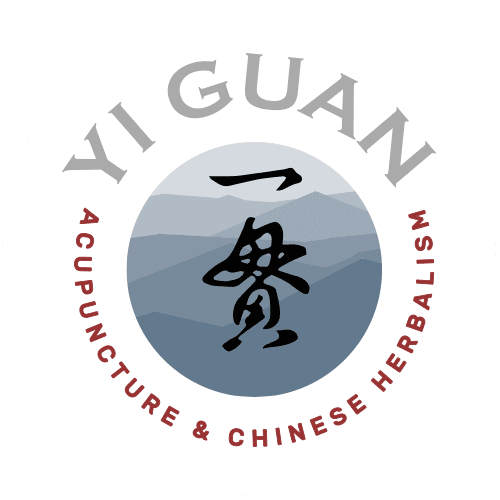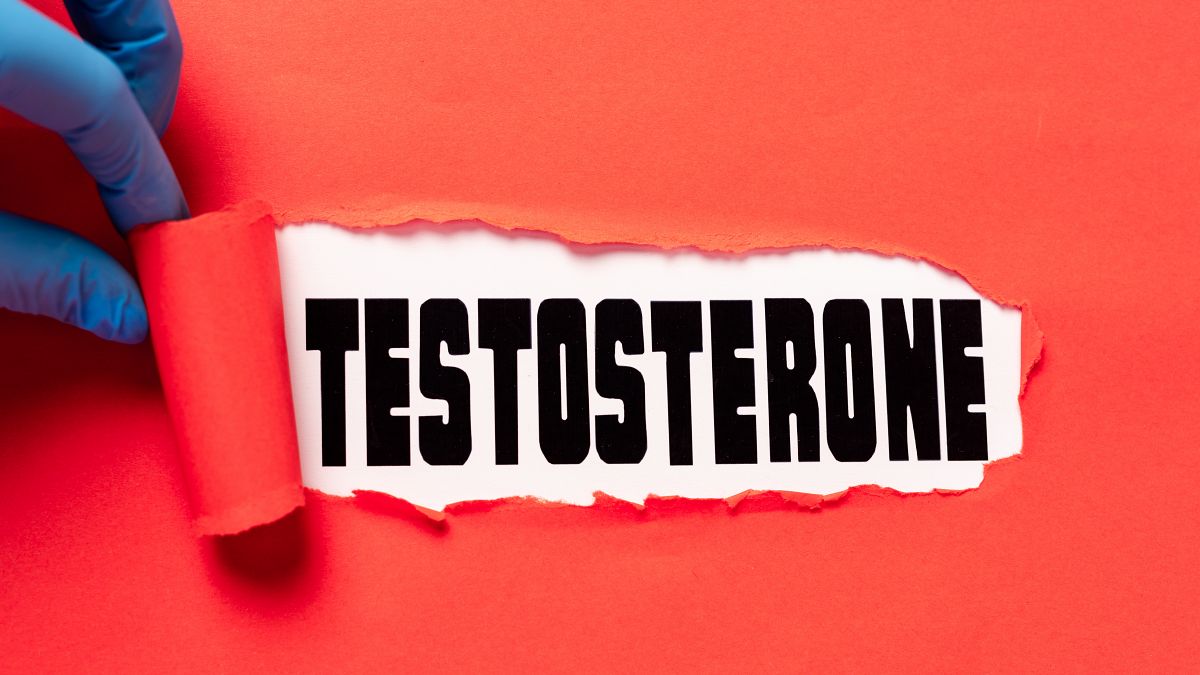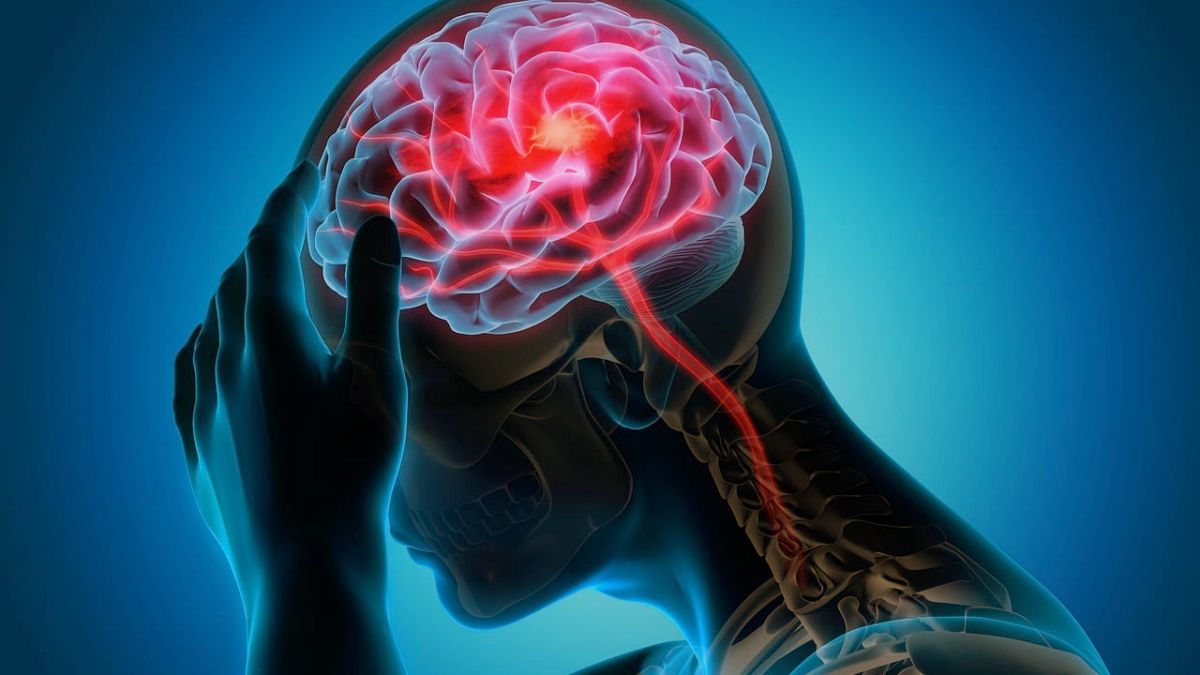Trigeminal Neuralgia and Acupuncture
Trigeminal neuralgia can be very debilitating for some patients. Acupuncture is well known for musculoskeletal pain management; the patients suffering from Trigeminal neuralgia often are eager to know if acupuncture can help them as well. In fact, Chinese medicine is good for all kinds of pain, including headaches and facial pain.
Western Viewpoint
Much like its motor nerve counterpart, Bell’s palsy, Trigeminal neuralgia occurs when there is an issue with the proper functioning of a cranial nerve. In these cases, it is the fifth cranial nerve, also named the Trigeminal nerve, which gathers sensory information from the face. Though the exact cause is not fully understood, this type of facial pain is usually caused by compression of a blood vessel at the base of the brain or skull. Compression of these vessels can cause an erratic hyperactive firing of the nerve. It can also cause changes to the lining of the nerve which effects the quality and quantity of signals coming through. This amounts to attacks of significant pain from even slight stimulation of the face. The typical symptoms include sudden shooting or jabbing pain that subside seconds to minutes after an inciting trigger. These triggers include, touching your face, shaving, eating or drinking, brushing your teeth, putting on makeup, or even just light breeze. People could also have an atypical presentation where instead of shocks of intense pain, they have a less severe but dull burning pain constant pain.
Western Trigeminal nerve pain management
Certain classes of medications are the mainstay of Western Trigeminal neuralgia pain management. The most common is carbamazepine, which is an anti-convulsant. Antispasmodic agents have also been useful. Current data, however, shows that standard opioid painkillers are not effective. There are also surgical options, with microvascular decompression surgeries that relocate or even remove blood vessels in contact with the Trigeminal nerve. Radiation therapy also exists, where a dose of radiation at the root of the nerve to reduce or eliminate its hyperfunctioning.
Traditional Chinese Medicine Viewpoint
Pain in Chinese medicine is thought of as qi and/or blood stagnation. In a manner similar to Bell’s palsy, invasion of wind can affect the flow through the channels, potentially blocking the channel. If there is heat in the channel, in addition to causing flashes of pain, it can also leave behind “phlegm”. A complicated entity that includes but is not limited to the Western concept of phlegm, in these cases the term “phlegm” more accurately refers to a physical type of blockage. So rather than wind, that comes and goes, the phlegm might remain there, potentially indefinitely until something is done about it. The Eastern medical lens of Bell’s palsy and Trigeminal neuralgia matches the usual Western understanding of these diseases progressions. Bell’s palsy, more due to wind cold, tends to have a self-limited course, and can often resolve on its own in the regular timespan of viral illness. Trigeminal neuralgia, caused by “phlegm blockage” is known to usually persist unless something deliberate is done. This again follows the Western pathophysiology, as literal blockages in blood vessels seem to cause actual changes in the nerve sheath. There are many reasons why a person might have wind heat and might develop “phlegm”. While certain herbs and acupuncture points can be useful in clearing the branch manifestations of pain, the root cause of the phlegm should be determined. A consultation with a Chinese medical specialist can sort these issues out. If the root cause is identified and treated, this can lead to a longer lasting periods without pain, and can even eliminate it entirely.
Acupuncture for Facial Pain
Many familiar with dry needling and other modern uses of acupuncture know or have experienced how the needles can alleviate pain. But if even gently brushing of the face can cause pain, putting needles in that same tissue could be an unsavory idea. This is where an astute knowledge of the meridian channel system can be essential. Perhaps an odd concept to modern Western physiological science, it is well known for centuries that acupuncture points on the further ends of the channels actually have stronger effects. Those on the hands are especially good at clearing excess conditions, of which pain from qi or blood stagnation would be a prime example. The channels that run through the face, through the painful areas, extend down to the hands. Some of the main points to treat this pain, then, are easily accessible and free of pain. Also within the meridian system is the concept of mirroring, as in parts of the body are mapped to completely other areas. Needling on the face but on the opposite side of the pain could have benefit, much in the same way as needling points on the opposite end of the channel has effect. Acupuncture for Trigeminal neuralgia includes more than just pain relief. Certain other acupuncture points, again far from the site of pain, could also be used to do things like clearing heat, wind, and phlegm. Proper treatments address both the manifesting symptoms as well as root causes.
Herbs for Trigeminal Neuralgia Treatment
Chinese herbs can definitely play an important role in Trigeminal neuralgia pain relief. As discussed previously, there are many herbs to help move qi and blood, to stop the pain and stagnation; and many of these are mapped to a part of the head and are useful for facial pain. But there are also many important herbs that can “dissolve and dispel phlegm” if that is the root of the stagnation. Other herbs can clear heat and wind, if this persists to be an issue. And all of these types of herbs can be blended into one formula designed to specifically help your particular symptoms and constitution. Used in conjunction with acupuncture even further strengthens its effect.
Integrative Medicine
Some individuals would prefer not to take strong Western medications and want to avoid surgical procedures. For them, acupuncture for Trigeminal neuralgia is vital. But acupuncture is not only for patients with preferences away from allopathic medicine. The practice philosophy at Yi Guan Acupuncture is to link together ancient knowledge and modern understanding. There is no reason why those seeking Western medical therapies for their facial pain cannot concurrently get acupuncture treatments and herbal formulas. Don’t choose East over West, ancient over modern. Use what works, choose both.
If you’d like to know more about how Chinese Medicine can help with your facial pain, contact us today.
Who is Dr. Perez?
Dr. Dan Perez is both a Western-trained physician and a graduate of the AOMA Graduate School of Integrative Medicine. Based in Austin, Texas, AOMA is recognized as one of the leading schools in Chinese Medicine. Being both an expert in Western medicine and Chinese medicine, Dr. Perez offers his patients natural, minimally invasive and integrative medical options for treating a variety of chronic medical conditions.
Article Sources:
Mayo Clinic, Trigeminal Neuralgia
Johns Hopkins, Trigeminal Neuralgia
Acupuncture Medicine, 2021 Jun;39(3):192-199, Acupuncture in the management of trigeminal neuralgia
Evid Based Complement Alternat Medicine, 2022 Feb 21. Acupuncture Methods for Primary Trigeminal Neuralgia: A Systematic Review and Network Meta-Analysis of Randomized Controlled Trials







